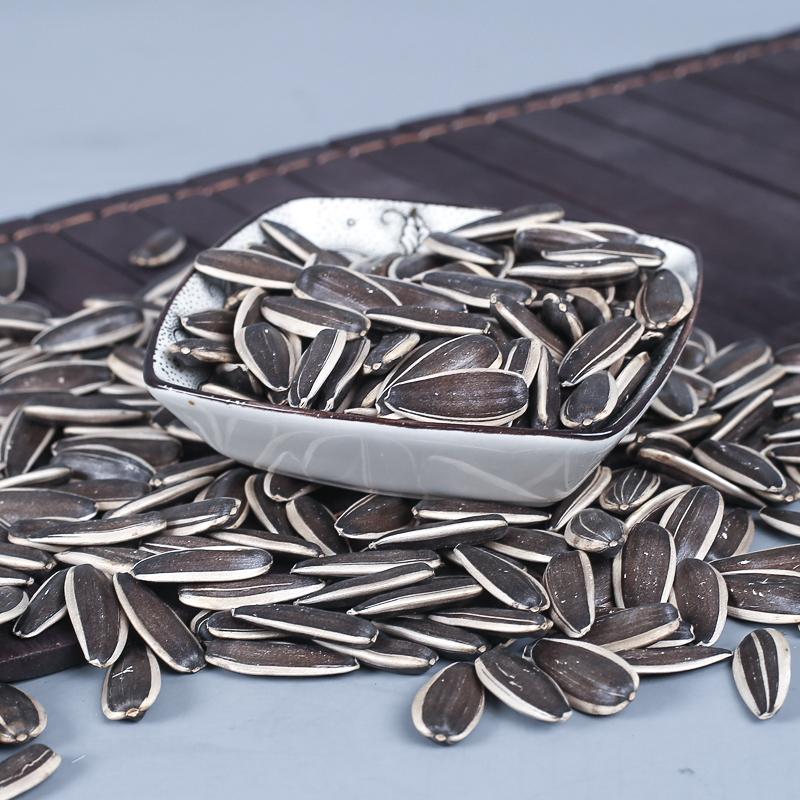-
 Afrikaans
Afrikaans -
 Albanian
Albanian -
 Amharic
Amharic -
 Arabic
Arabic -
 Armenian
Armenian -
 Azerbaijani
Azerbaijani -
 Basque
Basque -
 Belarusian
Belarusian -
 Bengali
Bengali -
 Bosnian
Bosnian -
 Bulgarian
Bulgarian -
 Catalan
Catalan -
 Cebuano
Cebuano -
 Corsican
Corsican -
 Croatian
Croatian -
 Czech
Czech -
 Danish
Danish -
 Dutch
Dutch -
 English
English -
 Esperanto
Esperanto -
 Estonian
Estonian -
 Finnish
Finnish -
 French
French -
 Frisian
Frisian -
 Galician
Galician -
 Georgian
Georgian -
 German
German -
 Greek
Greek -
 Gujarati
Gujarati -
 Haitian Creole
Haitian Creole -
 hausa
hausa -
 hawaiian
hawaiian -
 Hebrew
Hebrew -
 Hindi
Hindi -
 Miao
Miao -
 Hungarian
Hungarian -
 Icelandic
Icelandic -
 igbo
igbo -
 Indonesian
Indonesian -
 irish
irish -
 Italian
Italian -
 Japanese
Japanese -
 Javanese
Javanese -
 Kannada
Kannada -
 kazakh
kazakh -
 Khmer
Khmer -
 Rwandese
Rwandese -
 Korean
Korean -
 Kurdish
Kurdish -
 Kyrgyz
Kyrgyz -
 Lao
Lao -
 Latin
Latin -
 Latvian
Latvian -
 Lithuanian
Lithuanian -
 Luxembourgish
Luxembourgish -
 Macedonian
Macedonian -
 Malgashi
Malgashi -
 Malay
Malay -
 Malayalam
Malayalam -
 Maltese
Maltese -
 Maori
Maori -
 Marathi
Marathi -
 Mongolian
Mongolian -
 Myanmar
Myanmar -
 Nepali
Nepali -
 Norwegian
Norwegian -
 Norwegian
Norwegian -
 Occitan
Occitan -
 Pashto
Pashto -
 Persian
Persian -
 Polish
Polish -
 Portuguese
Portuguese -
 Punjabi
Punjabi -
 Romanian
Romanian -
 Russian
Russian -
 Samoan
Samoan -
 Scottish Gaelic
Scottish Gaelic -
 Serbian
Serbian -
 Sesotho
Sesotho -
 Shona
Shona -
 Sindhi
Sindhi -
 Sinhala
Sinhala -
 Slovak
Slovak -
 Slovenian
Slovenian -
 Somali
Somali -
 Spanish
Spanish -
 Sundanese
Sundanese -
 Swahili
Swahili -
 Swedish
Swedish -
 Tagalog
Tagalog -
 Tajik
Tajik -
 Tamil
Tamil -
 Tatar
Tatar -
 Telugu
Telugu -
 Thai
Thai -
 Turkish
Turkish -
 Turkmen
Turkmen -
 Ukrainian
Ukrainian -
 Urdu
Urdu -
 Uighur
Uighur -
 Uzbek
Uzbek -
 Vietnamese
Vietnamese -
 Welsh
Welsh -
 Bantu
Bantu -
 Yiddish
Yiddish -
 Yoruba
Yoruba -
 Zulu
Zulu
Aug . 13, 2024 17:44 Back to list
Economic Analysis of Sunflower Seed Production Costs for Factories in the Current Market
Economic Pricing Strategies in Sunflower Seed Production A Focus on Factories
Sunflower seeds are not only a popular snack but also a significant agricultural commodity with diverse applications in the food industry, cooking oils, and even biofuels. With the growing demand for healthier snacking options and plant-based foods, the economic pricing strategies employed by sunflower seed factories become pivotal to their operational success and market positioning. This article explores the various factors influencing economic pricing in sunflower seed production and their implications for factory operations.
Understanding Economic Pricing
Economic pricing refers to a pricing strategy that considers the cost of production, market demand, competition, and consumer preferences to set prices that maximize profits while remaining competitive. In the context of sunflower seed production, factories must evaluate their cost structure, which includes expenses related to raw materials, labor, equipment, processing, and distribution.
Cost Factors in Sunflower Seed Production
1. Raw Material Costs The price of sunflower seeds fluctuates based on seasonality, weather conditions, and global supply and demand trends. Farmers' decisions to plant sunflower seeds instead of other crops can significantly impact the supply chain. A factory's ability to secure favorable contracts with local farmers for raw seeds can reduce input costs and allow for more competitive pricing.
2. Processing Costs The method of processing sunflower seeds—whether they are roasted, salted, or made into oil—affects the overall cost structure. Factories with advanced technologies and efficient processes can achieve economies of scale, reducing per-unit costs and enabling them to offer competitive prices.
3. Labor Costs As with most manufacturing sectors, labor plays a crucial role in the sunflower seed industry. Factors such as local wage rates, availability of skilled labor, and productivity levels can impact the overall cost of production. Factories must balance labor costs with productivity enhancements, possibly through automation, to maintain profitability.
economic price sunflower seeds factory

Market Demand and Competitive Pricing
The demand for sunflower seeds has seen a noticeable increase due to rising health consciousness among consumers. Sunflower seeds are rich in nutrients and offer various health benefits, driving up their popularity as a snack. Factories must therefore leverage this demand through pricing strategies that appeal to health-oriented consumers while remaining mindful of their competitors.
Competitive Landscape
The sunflower seed market is characterized by numerous players, from small-scale local producers to large multinational corporations. This diversity necessitates a keen understanding of competitive pricing strategies. Factories should analyze competitor pricing and market trends to position their products effectively. Utilizing regional pricing strategies can help factories target local markets and adjust prices based on specific demand and consumer preferences.
The Role of Technology and Innovation
Technological advancements in processing and packaging significantly impact the economic pricing of sunflower seeds. Factories that invest in innovative technologies can reduce waste, enhance productivity, and lower operational costs. The adoption of sustainable practices can also attract environmentally conscious consumers willing to pay premium prices for responsibly sourced products.
Conclusion
Economic pricing strategies in sunflower seed production are essential for ensuring profitability and competitiveness in a dynamic market. By carefully analyzing cost factors, market demand, and competitive positioning, sunflower seed factories can develop effective pricing strategies that resonate with consumers. As trends toward healthier eating continue to rise, factories that embrace innovation and sustainability will likely establish a competitive advantage, ensuring their long-term success in the industry. The combination of smart pricing, strategic partnerships, and an emphasis on quality will be the key to thriving in the evolving landscape of sunflower seed production.
-
Premium Macadamia Nuts - Fresh, Crunchy & Healthy Snack Choice
NewsJul.30,2025
-
Premium Biscuits Packaging – Elegant, Durable & Customizable Solutions
NewsJul.29,2025
-
Top Banana Flavor Sunflower Seeds Exporter - Factory Direct Supply
NewsJul.29,2025
-
Premium Snack Dates - Healthy, Natural & Delicious Treats
NewsJul.29,2025
-
Premium Peanuts - Fresh, Nutritious & Delicious Snacks for All
NewsJul.28,2025
-
Premium Raisins - Sweet, Healthy & Natural Dried Fruit Snack
NewsJul.27,2025
